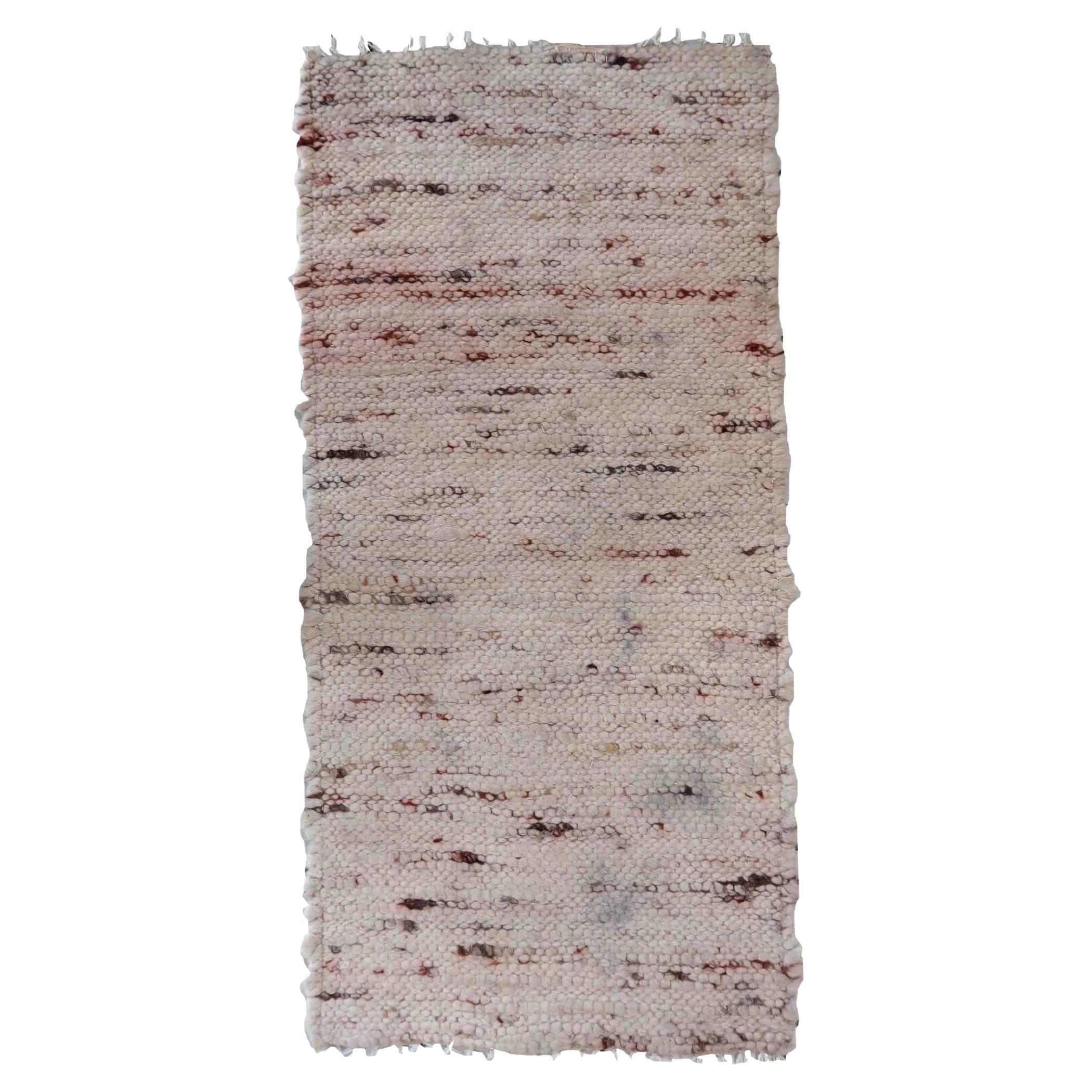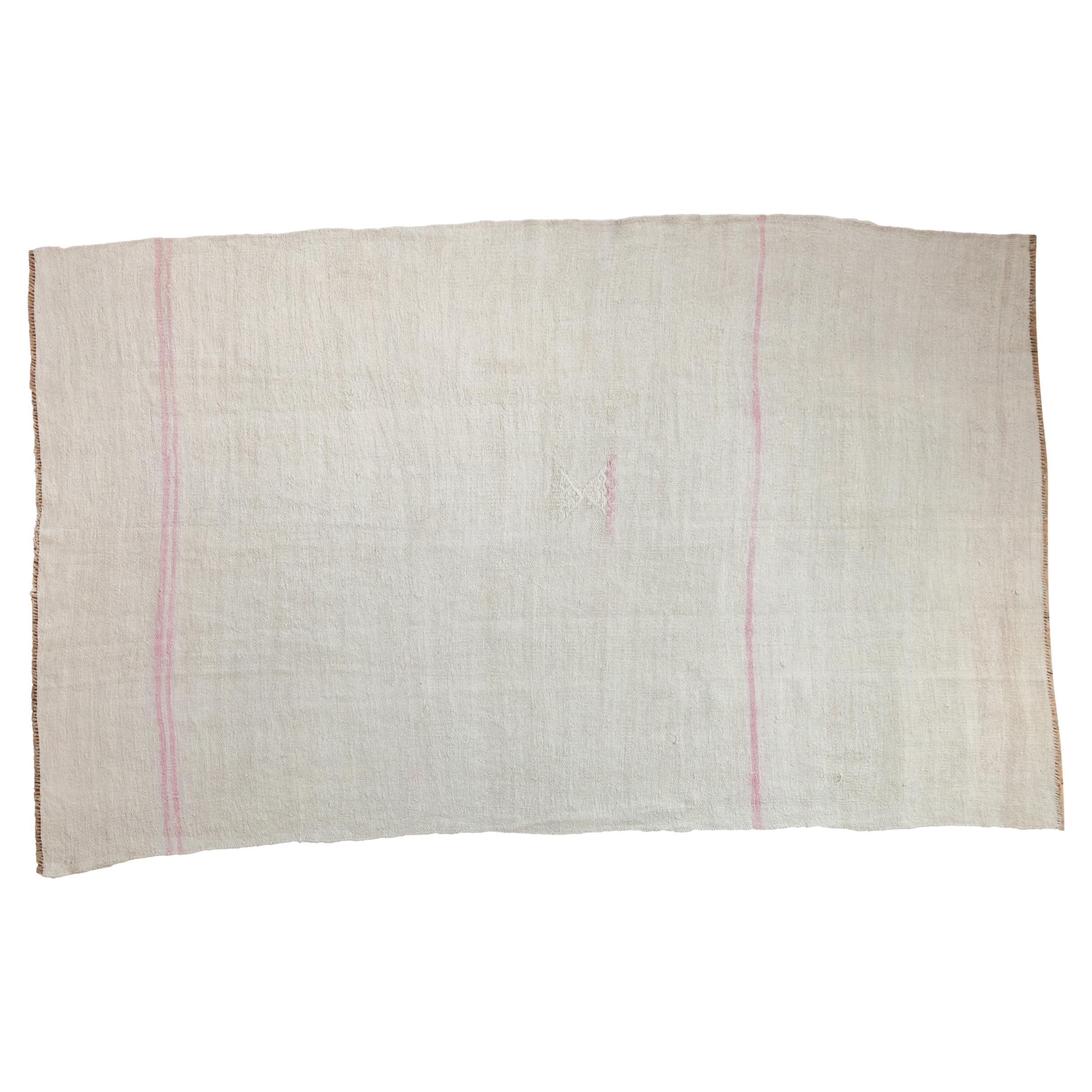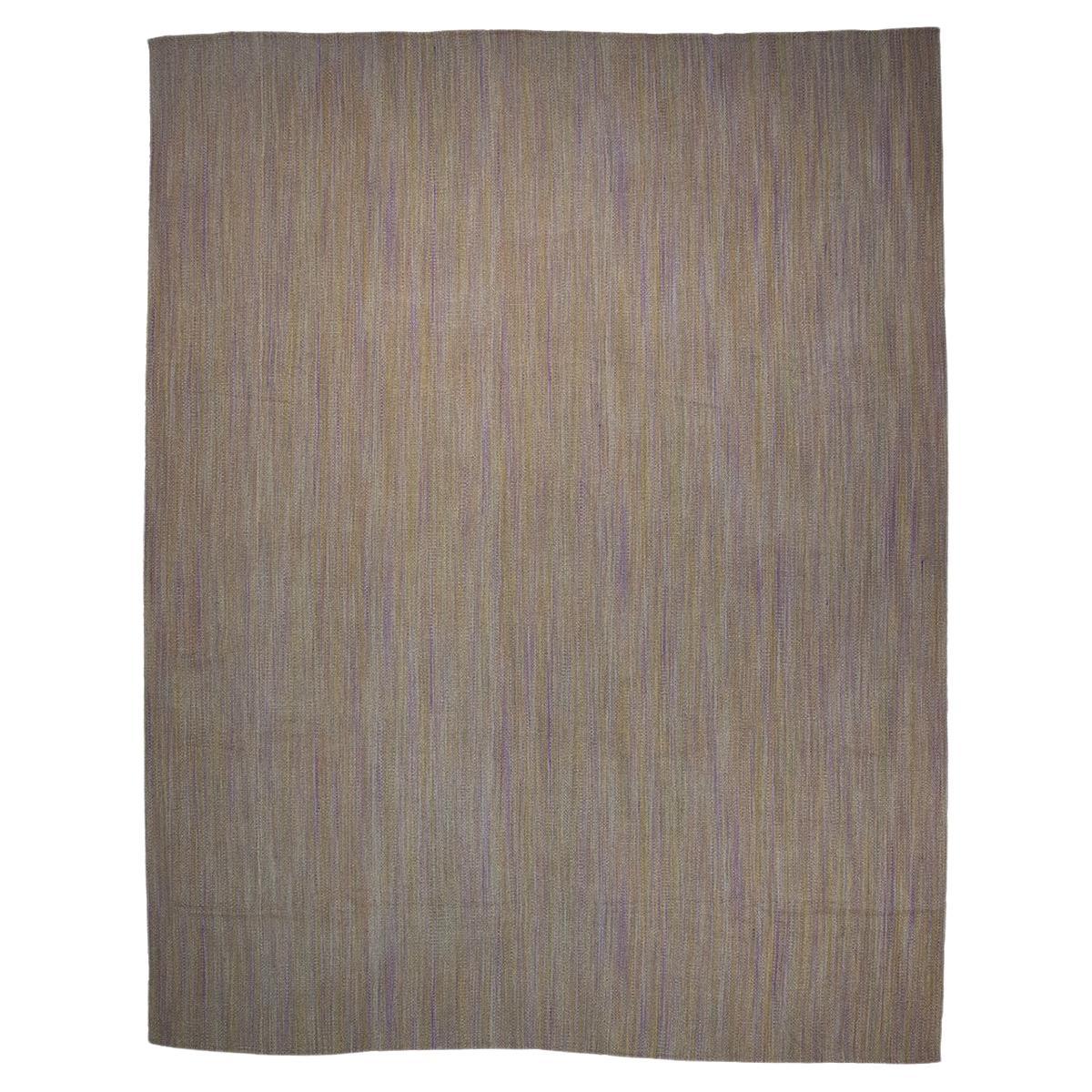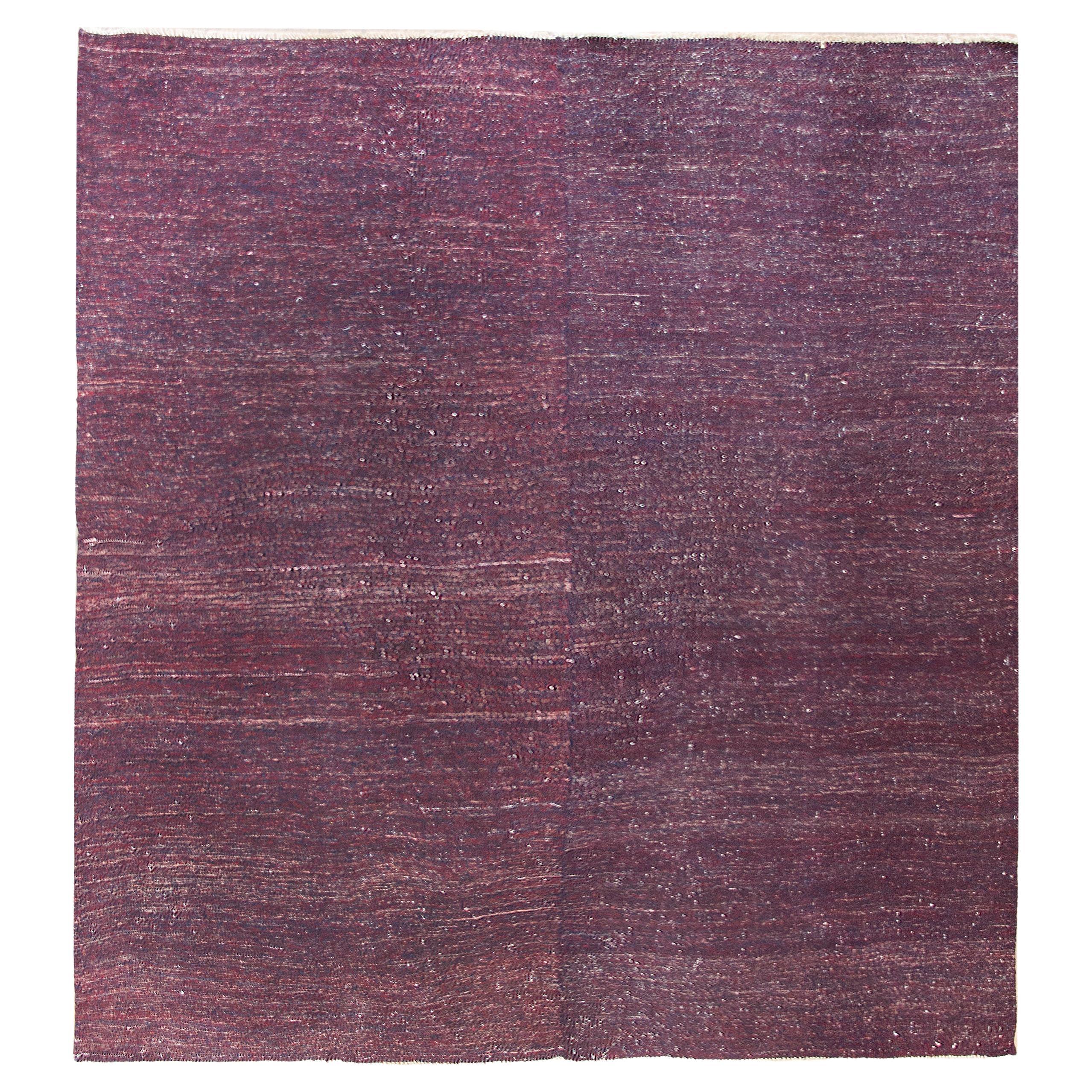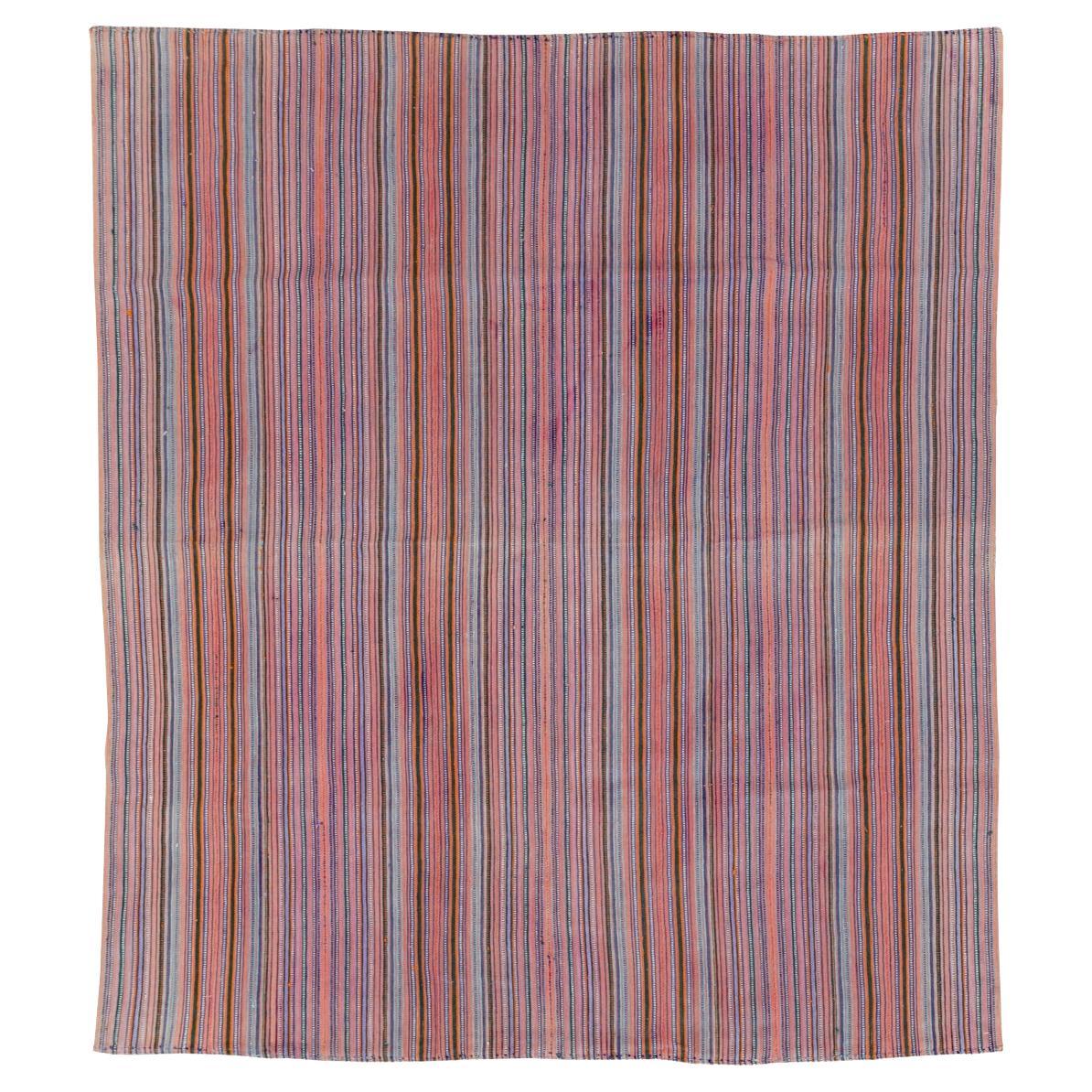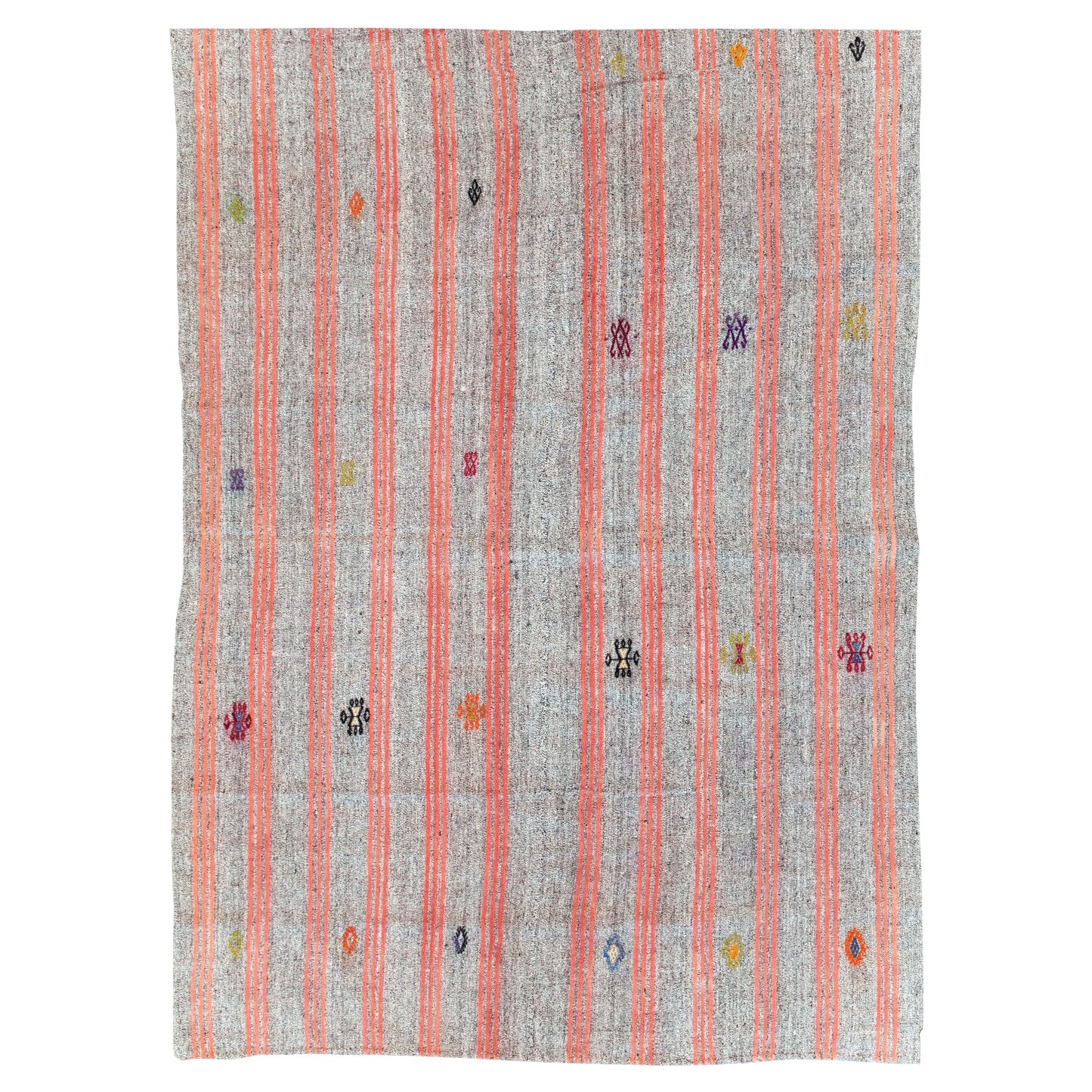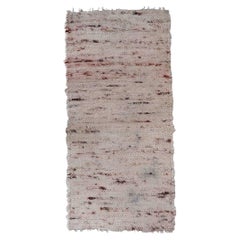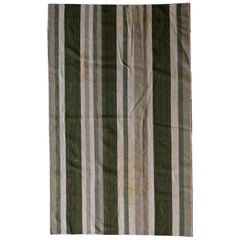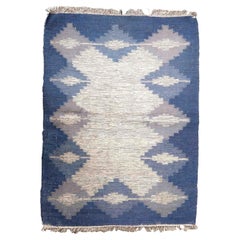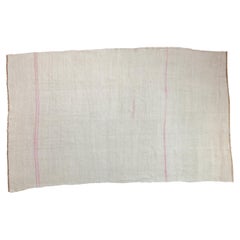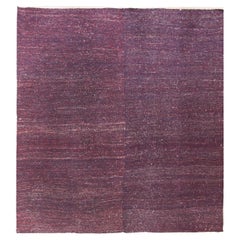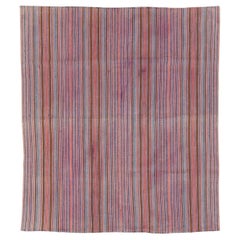Items Similar to Handmade Vintage Indian Kilim, 1970s, 1C818
Want more images or videos?
Request additional images or videos from the seller
1 of 7
Handmade Vintage Indian Kilim, 1970s, 1C818
$212.28
$707.5870% Off
£158.89
£529.6470% Off
€180
€60070% Off
CA$292.15
CA$973.8470% Off
A$325.63
A$1,085.4470% Off
CHF 170.85
CHF 569.5070% Off
MX$3,976.51
MX$13,255.0470% Off
NOK 2,163.31
NOK 7,211.0570% Off
SEK 2,044.66
SEK 6,815.5470% Off
DKK 1,370.29
DKK 4,567.6270% Off
About the Item
Handmade vintage kilim in original good condition. The kilim is in pink shade. It has been made out of cotton. Vert simple, plain design.
-condition: original good,
-circa: 1980s,
-size: 2.6' x 4.3' (80cm x 131cm),
-material: cotton,
-country of origin: India,
-style: kilim,
-background colors: pink.
About the Seller
3.7
Vetted Professional Seller
Every seller passes strict standards for authenticity and reliability
Established in 2008
1stDibs seller since 2017
158 sales on 1stDibs
Typical response time: 1 hour
- ShippingRetrieving quote...Shipping from: Bordeaux, France
- Return Policy
Authenticity Guarantee
In the unlikely event there’s an issue with an item’s authenticity, contact us within 1 year for a full refund. DetailsMoney-Back Guarantee
If your item is not as described, is damaged in transit, or does not arrive, contact us within 7 days for a full refund. Details24-Hour Cancellation
You have a 24-hour grace period in which to reconsider your purchase, with no questions asked.Vetted Professional Sellers
Our world-class sellers must adhere to strict standards for service and quality, maintaining the integrity of our listings.Price-Match Guarantee
If you find that a seller listed the same item for a lower price elsewhere, we’ll match it.Trusted Global Delivery
Our best-in-class carrier network provides specialized shipping options worldwide, including custom delivery.More From This Seller
View AllHandmade Vintage Indian Kilim, 1970s, 1C839
Located in Bordeaux, FR
Handmade vintage Indian kilim in original condition, it has some age wear. The rug is from the end of 20th century made in wool.
-condition: or...
Category
Vintage 1970s Indian Indian Rugs
Materials
Wool
$201 Sale Price
70% Off
Handmade Vintage Indian Dhurri Kilim, 1960s, 1C70
Located in Bordeaux, FR
Vintage handmade Indian Dhurri kilim in light shades. This kilim has very simple tribal motive in stripes. It is in pastel colors of pink, blue, beige and sky blue.
-Condition: or...
Category
Mid-20th Century Indian Indian Rugs
Materials
Cotton
$318 Sale Price
72% Off
Handmade Antique Indian Dhurri Kilim, 1930s, 1C455
Located in Bordeaux, FR
Antique handmade Indian Dhurri kilim in original condition. This kilim has very simple line motive in dark green, white and grey shades. It is in original condition, has some stains....
Category
Early 20th Century Indian Indian Rugs
Materials
Cotton
$697 Sale Price
65% Off
Handmade Vintage Ardabil Style Kilim, 1970s, 1C1010
Located in Bordeaux, FR
Handmade vintage Ardabil kilim in white and blue colors and geometric design. The rug is from the end of 20th century in original condition, it has some signs of age.
-condition: ...
Category
Vintage 1970s Indian Indian Rugs
Materials
Wool
$619 Sale Price
75% Off
Handmade Vintage Indian Dhurri Kilim, 1970s, 1C832
Located in Bordeaux, FR
Handmade vintage Indian Dhurri kilim in original good condition. The rug has been made in in the end of 20th century in cotton.
-condition: original good,
-circa: 1970s,
-...
Category
Vintage 1970s Indian Indian Rugs
Materials
Cotton
$508 Sale Price
75% Off
Handmade Vintage Gabbeh Style Rug, 1980s, 1C463
Located in Bordeaux, FR
Vintage Persian Gabbeh rug in original good condition. It is in brownish, beige and red wool with geometric design, made in the end of 20th century.
-condition: original good,
...
Category
Vintage 1980s Asian Indian Rugs
Materials
Wool
$1,034 Sale Price
65% Off
You May Also Like
Vintage Hemp Kilim Carpet
Located in Katonah, NY
:: Plain-weave kilim with horizontal banded stripes in soft shades and a minor stitched hour glass / mountain like design element accenting the middle. Colors and shades include: Pla...
Category
Vintage 1970s Turkish Kilim Turkish Rugs
Materials
Wool
Large Wool Kilim (DK-124-12)
Located in New York, NY
A large tribal flat-woven floor cover from Eastern Turkey. Woven with high quality, local, hand-spun wool in natural brown mixed with lavender and khaki tones.
Size can be adjusted ...
Category
21st Century and Contemporary Turkish Kilim Turkish Rugs
Materials
Wool
$4,760 Sale Price
20% Off
Vintage Persian Gabbeh Kilim Rug
Located in Chicago, IL
A chic and modern mid-20th century Persian Gabbeh kilim rug woven in with indigo nd crimson wool in large color blocks that are seamed together in the center.
Category
Mid-20th Century Persian Mid-Century Modern Persian Rugs
Materials
Wool
Mid-20th Century Persian Flatweave Kilim Accent Rug
Located in New York, NY
This Mid-20th century Persian Flatweave Kilim rug, measuring 5' 5" x 6' 3", features a vibrant array of closely spaced vertical stripes in soft yet lively colors. The palette include...
Category
Mid-20th Century Persian Kilim Persian Rugs
Materials
Wool
Mid-20th Century Handmade Turkish Flat-Weave Kilim Accent Carpet
Located in New York, NY
A vintage Turkish flat-weave Kilim accent carpet handmade during the mid-20th century.
Measures: 6' 10" x 9' 7"
Flat-weave rugs & carpets:
Knotted pile rugs are just one small part of a vast universe of textile techniques suitable for heavy use. If you can imagine it, some weaver has tried it out. Pieces can be roughly divided into those reversible from the start and those never, or at least not initially, reversible. Thus, kilims are considered reversible, while everything else is not.
Kilims are tapestry woven rugs with both sides the same, in either slit technique where colors change, or with various methods of avoiding slits. Slit tapestry weave goes back to ancient times and Coptic Egyptian weavers used it for ornaments on garments and larger wall hangings. Slits can be avoided by dovetailing of colors (warp sharing) or by interlocking the wefts. The Navajo weavers of the Southwest practice the first while the Fine shawl weavers of Kashmir and Kerman employed the second. Interlocking produces a one-faced fabric, with smooth and rough, ridged faces. The typical Turkish, Caucasian, or Persian rustic Kilim shows slits, but never long ones. Aubusson French carpets are also slit tapestries and the long color transitions are sewn up as part of the regular maintenance. Some kilims are very Fine. The best antique urban Sehna (Senna) kilims on wool, cotton or silk warps approximate the comparable rugs in refinement and are the most desirable of all Persian kilims. Although the various flatweave techniques are usually expressed in geometric, simple, often repeating, patterns, Sehna kilims demonstrate that even the most intricate designs can be effectively rendered in flat-stich. The term ‘Kilim’ has been extended to cover any pileless, weft-faced heavy textile. Thus, the sectioned and joined northeastern Persian horizontally striped wool rugs are called ‘kilims’. So are the plain-weave end finishes of pile rugs. All these are weft-faced, weft patterned flatweaves.
These sectioned pieces are woven not on a frame loom, but one steadied by the weaver at one end and with the warps fastened down at the other. Only relatively recent have these tribal pieces become available. They are used as floorcoverings, hangings, room dividers, furniture covers. They are mostly bitonal in shades of natural dark brown and beige. Some more recent pieces show weaver innovations with ikat and moire effects. Work proceeds quickly and a skilled weaver can complete a thirty foot strip in almost no time.
Wefts, the elements added as weaving progresses, play an essential part in what is a flatweave. The best-known example of an extra-weft, wrapping technique is on Caucasian and tribal Persian Soumaks, where a pattern weft wraps around the fixed warp, changing as weaving progresses. Soumaks can be large carpets, Kuba in the Caucasus, small bag faces (Caucasian and Persian Shah Savan saddle bags), or cover scatter rugs (Persian Afshars). The Soumak technique is fast, and a weaver can work much more quickly than tying knots. The left-over wefts are cut off on the back, so the front and back are initially different. As a Soumak on the floor gets used, these weft yarns wear away and the two sides converge although the exact texture remains distinct.
There are other ways of pattern by weft. Often on smaller tribal pieces, the pattern weft(s) is (are) part of the weft structure, moving in an out, and holding the whole thing together. These wefts can be complementary or added (supplementary), continuous across the flatweave or cut off as they travel unneeded across the verso. Supplementary weft flatweaves are often very compact and substantial. The nomadic Turkmen and Balouch tribes employ both supplementary and complementary weft techniques on their pieces. Supplementary wefts are often raised on the recto (front) while complementary wefts are flat to the surface. Tribal Kurds employ this extra-wefting technique. The Balouch of Pakistan use complementary wefts almost exclusively on their small woven paraphernalia like salt bags.
Flatweave techniques may be combined on a single piece. Afshar rugs employ plain-weave end strips, preceded by Soumak bands, with pile sections between. The large Bakhtiari saddlebags feature Soumak work, pile “islands” an areas of plain-weave. Qashqai rugs and kilims frequently displays checkerboard end strips in continuous, complementary wefting.
Another distinct flatweave type is the jajim (jijim, cecim) in which a pattern is added with colored wefts as the weaving of the plain-weave ground progresses. Here the wefts are discontinuous and the pattern stands proud from the voided ground. Often made in two pieces on narrow looms and edge-sewn together, these may have geometric patterns. The term ‘jajim’ also refers to the assembled warp-faced strip and stripe covers from the Shah Savan of northwest Persia, the pattern is defined by warps alone, usually in plain stripes, but sometimes in designs of ladders, snakes, human figures and various animals. Here the color changing warps are continuous. Most are wool, a few are silk. Better to call these something else.
Indian ‘Dhurries’ are all cotton kilims and ‘shatrangis’ employ wool wefts on cotton warps. Dhurries are slitless. The cotton texture is more appropriate to the humid and warm climate of the Indian subcontinent. Modern Dhurries...
Category
Mid-20th Century Turkish Tribal Turkish Rugs
Materials
Wool
Mid-20th Century Handmade Turkish Flatweave Kilim Room Size Carpet
Located in New York, NY
A vintage Turkish flatweave Kilim room size carpet handmade during the mid-20th century.
Measures: 11' 0" x 14' 0".
Category
Mid-20th Century Turkish Rustic Turkish Rugs
Materials
Wool
More Ways To Browse
Antique Center Hall Table
Antique Delft
Argentine Antique Furniture
Dining Chairs In Canada
Mid Century Wrought Iron Tables
Oak Mid Century Armchair
Upholstered Bench Seat
Vintage Glass Ashtray
19th Century Pastel
Antique Desk 1900
Antique Watering Can
Blue Lacquer Table
Glass Eggs
Leather Top Antique Writing Desk
Swedish Mid Century Blue Rugs
Wood Round Table And Metal
Ball And Claw Furniture
Gold Decorative Rings
